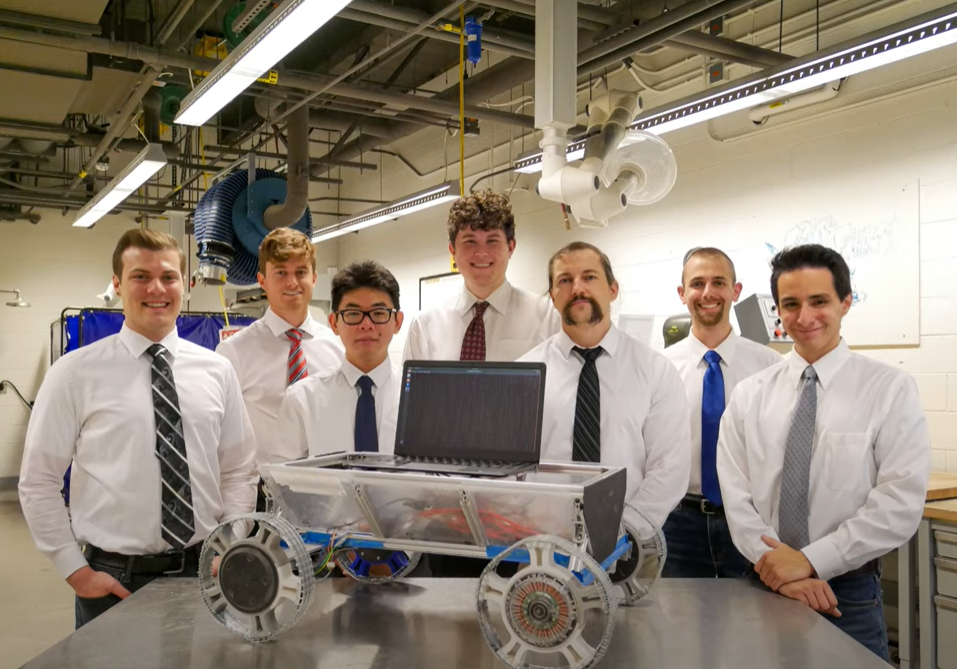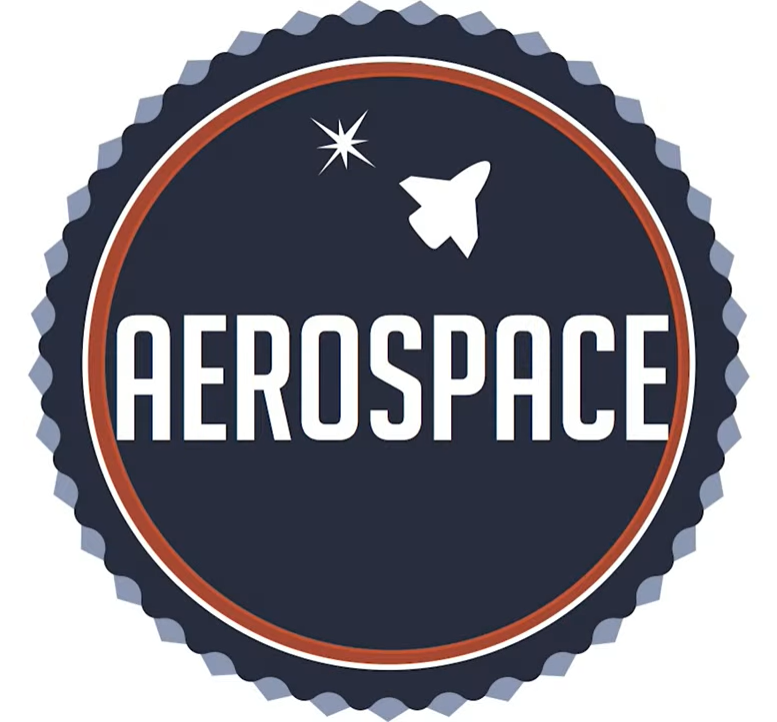Artemis Lunar Surface Autonomous Transport System
Overview
The world is entering a new era of space exploration. NASA’s Artemis program seeks to put Americans back on the moon and explore more of its surface than ever before. Working with its partners, NASA intends to build an Artemis base camp near the lunar south pole. As part of this mission, supplies and in-situ resources will require autonomous transportation to and from the Human Landing System.
To kick off what will be a multi-year/legacy capstone project, the Mines Aerospace Interest Group (MAIG) has tasked the Capstone Design@Mines team, B.L.A.S.T.E.R., with developing a design solution for this autonomous transport system. This design will be required to autonomously complete a 25-mile round trip while carrying a 1m x 2m x 1m crate that may contain up to 500kg of payload. Team B.L.A.S.T.E.R.’s solution is a rover that looks to incorporate ROS (Robot Operating System) and a variation of Q-learning algorithm. This develops machine learning for the design to navigate a given environment. Wheels with electric hub motors are powered directly via battery, and indirectly via a radioisotope thermoelectric generator (RTG). Finally, the design carries the cargo atop an inverted prism body.
Team Members
- Anand Zorig
- Dillon Kolstad
- Luis Cisneros
- Marcin Koral
- Nathaniel White
- Ryan Hunter
- Tate Holmes
The Client
- Mines Aerospace Interest Group
Acknowledgements
Project Advisor: Dr. Yosef Allam
Technical Advisor: Prof. Angel Abbud-Madrid and Prof. Xiaoli Zhang
Donations Made by: Mines Aerospace Interest Group

